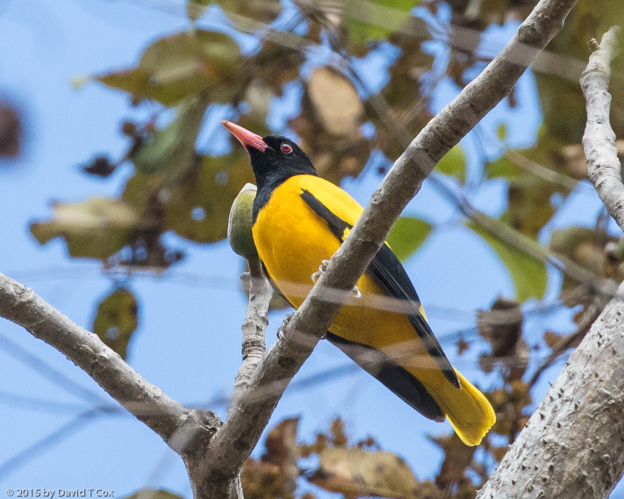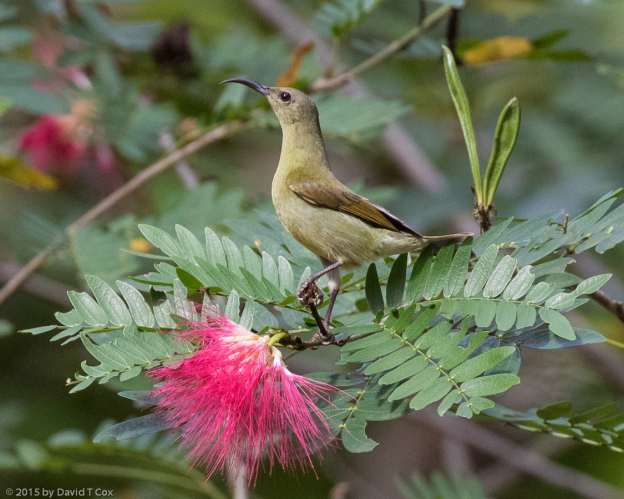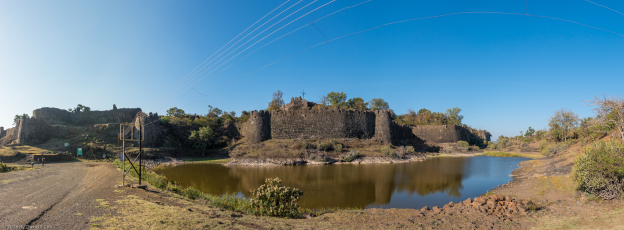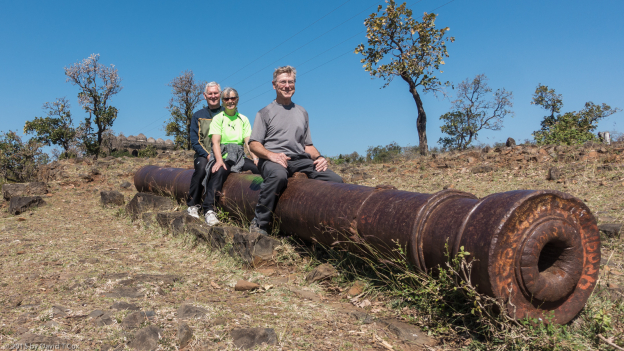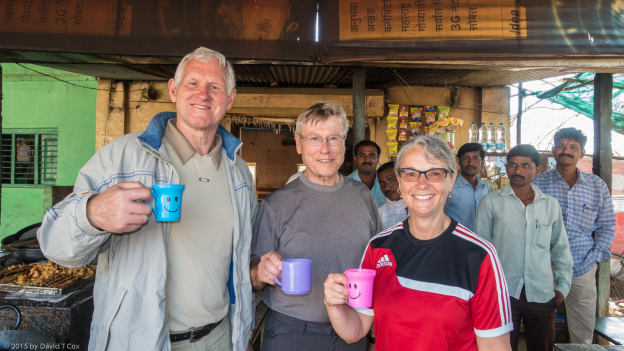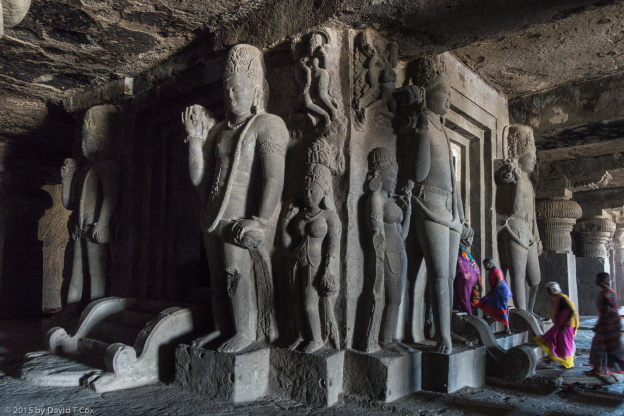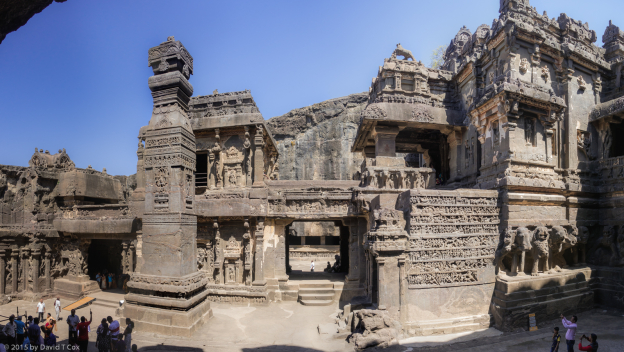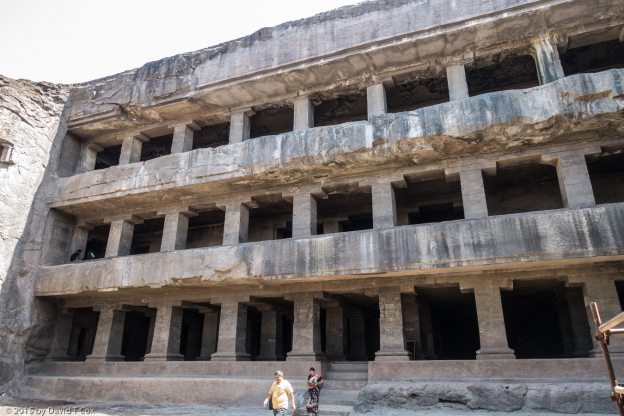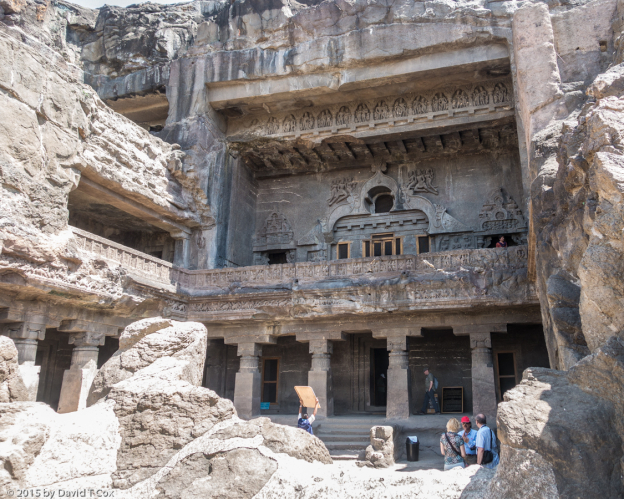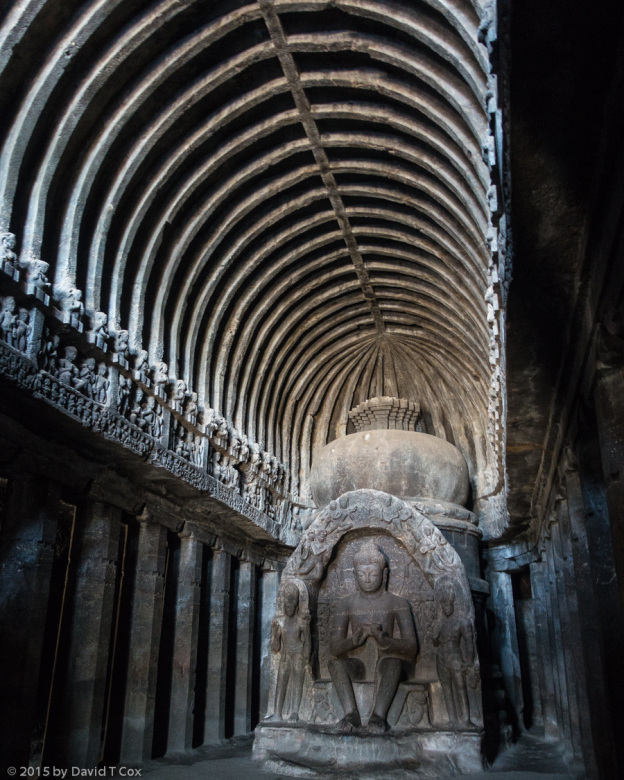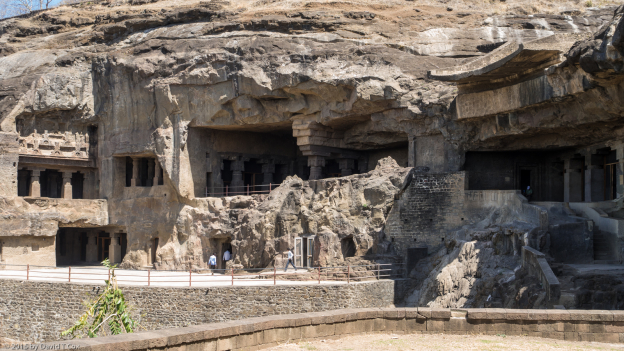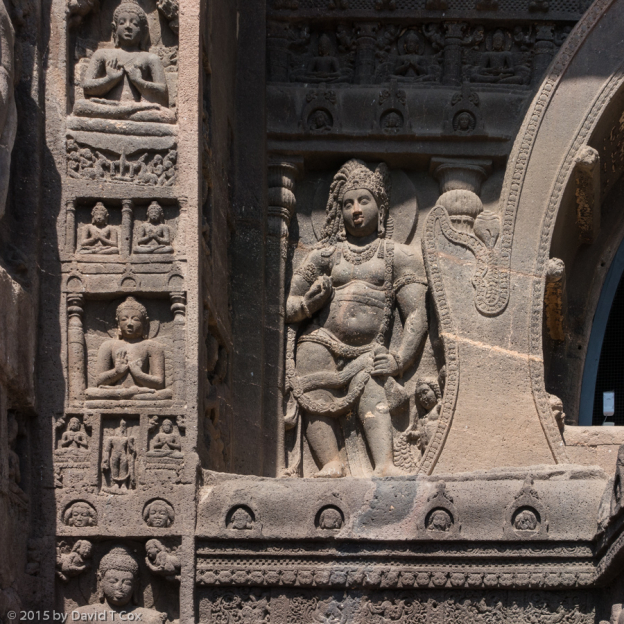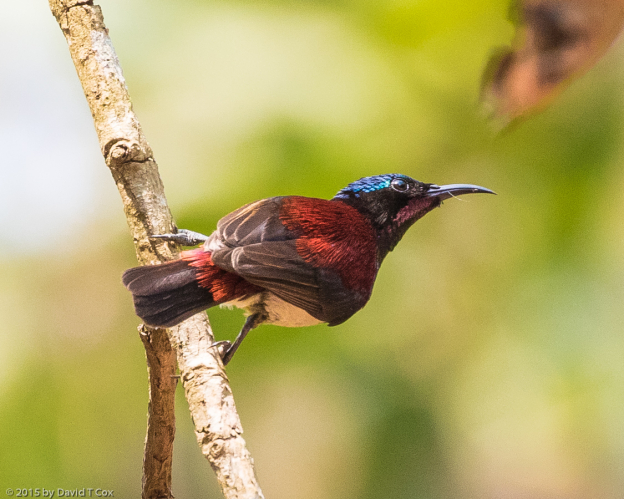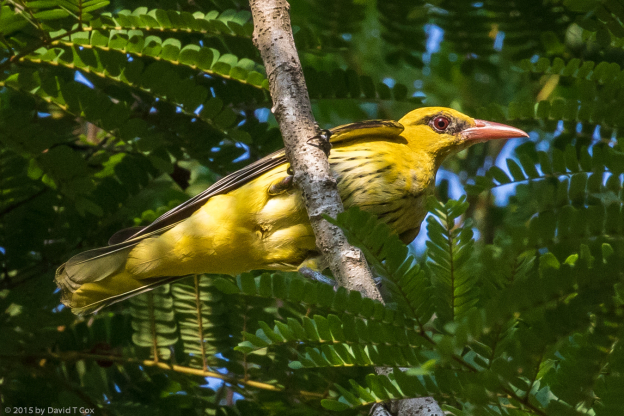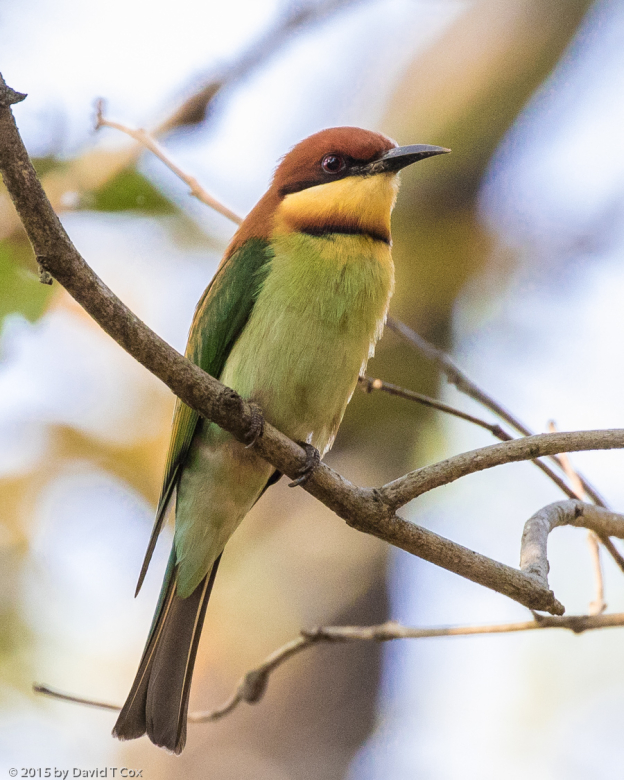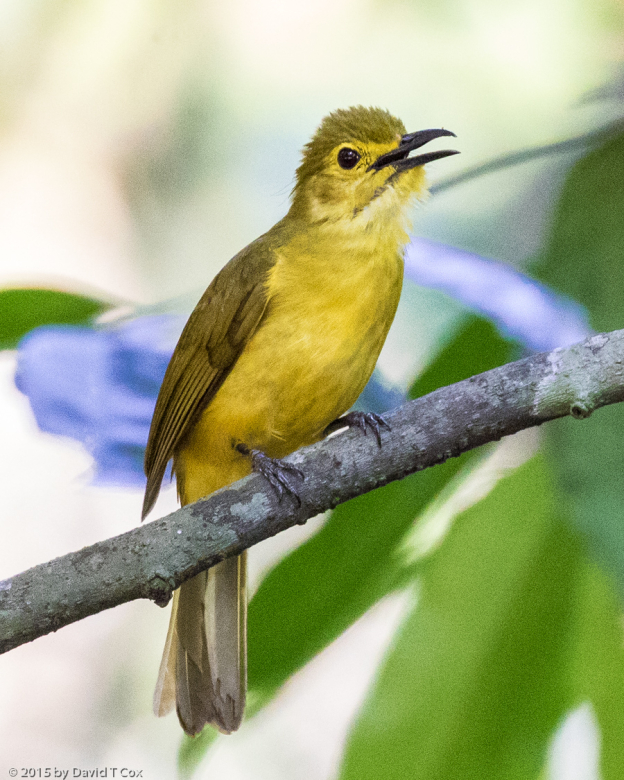All Photos Are Below the Travelogue Text
Click on Any Photo To Open Slide Show
To print the travelogue, right click anywhere on the page. Choose "Print" from your browser dialog box. You can choose Save to PDF in the browser print window.
Share your thoughts.
Email Dave - coxdavid55@hotmail.com
I reported last from Kanha National Park where our first 2 safaris saw us pretty much riding through rain in an open jeep. After two nights and 1 day of heavy rain, our final day turned out beautiful, but the Park cancelled the morning safaris because of downed trees and mud; so we really were fairly out-of-luck for wildlife viewing.
From Kanha we drove southwest to the low hills of northern Maharashtra where I went to boarding school for the first grade in 1954-1955, in a town then called Chikalda (now Chikaldara). We stayed 2 nights in a rather decrepit hotel, reputed to be the best in town. It certainly cooked us wonderful Indian food, but getting hot water was a bit of a rare occurrence. We actually managed to find our old school building, now converted into a hotel – rather a poor looking hotel – with no guests, as it is the low season. We also managed to find the reconditioned building where I boarded for a year with 11 other children – it now is an Indian Government Tourism Department hotel – more decrepit than the school property hotel, and also without guests.
We spent one entire morning visiting the famous (to us) fort known as Gawilghur, located in a stunning location on a giant mountain top outcroppng with cliffs on three sides and just a long narrow stretch connecting the double sets of walls to the mountaintop. Mainly built in the 15th century, it saw its last battle in 1803 when General Arthur Wellesley (later the Duke of Wellington of Napoleonic Wars fame) successfully attacked the Maratha forces with British and various Indian troops, taking the fort after great losses to his attacking troops. He spent weeks having his engineers built a road up the mountain for hauling his cannon. Military historian Jac Weller apparently has said that three boy scout troops armed with rocks should have been able to defend the fort against military force. The breaches in the walls still are visible today as the fort was abandoned after 1803. As a very young boy, the fort always captured my imagination on our infrequent hikes, and it did not disappoint on this trip. The fort still has its largest canon sitting forlorn overlooking the cliff where General Wellesley watched from a distance as the British flag finally was raised over the far ramparts.
From Chikalda we spent a long day traveling back to my childhood home in Basim (now Washim) in Maharashtra. There I found my old childhood home, where I lived with my family from age 3 to 17, in more decrepit condition than the Chikalda properties, with the entire outer veranda porch collapsing into the soil, and the interior a mess. Trying to “go home” after half a century can be a real disappointment.
We drove by the Lonar meteor crater, a natural wonder of the world. It is one of two recently (within, say, 50,000 years) formed meteor craters in the world heavily studied by NASA (the other being Meteor Crater in northern Arizona). My father used to take us there in November to hunt peahens (females of Peafowl) for Thanksgiving dinner (you may ask why we hunted the peahens instead of the peacocks – the answer is simple – the peacock is India’s national bird and protected, but the peahen may be hunted). The meteor crater floor is covered by a lake, and around the edges are the ruins of a number of ancient Hindu temples, their placement in recognition of this site as being other-worldly. From Lonar we drove on to the Maharashtra city of Aurangabad where we stayed 3 nights.
The hills east of Aurangabad offer two of the most spectacular archaeological ruins on earth, both now World Heritage Sites; the Ellora Caves and the Ajanta Caves. These are not natural caves, but Buddhist, Hindu and Jain monasteries, chapels and temples, hand carved into solid volcanic basalt cliffs between the 2nd century BC and around 800 AD. The earlier of the two sets of monuments is at the Ajanta Caves, which consist of 27 different Buddhist “viharas” (chapel shrines) and monasteries, all carved into a long horseshoe shaped cliff overlooking a small canyon with creek. Many of the structures have interior walls still completely covered in painted murals depicting scenes from the Buddha’s life, as well as scenes of visiting rajas and traders. The interiors of the monuments are kept very dark to preserve the paintings, and so it is very difficult to obtain photos. The caves were not discovered in modern times until well into the 19th century. The Ellora Caves were constructed about 100 kms away, after the Ajanta Caves were abandoned. The early Ellora Caves all were Buddhist and very similar to Ajanta, but any wall paintings have been destroyed. The later Ellora caves are Hindu and Jain temples and monasteries. The 8th century Kailash Hindu Temple probably is the largest monolithic structure in the world made by man. Rather than being a “cave” carved into the side of the mountain, it is a monolithic temple carved from the top of the mountain down, resulting in a huge domed structure some 95 feet tall, with interior floors, stairs etc. Around the outer courtyard are verandas carved further into the sides of the mountain. Everywhere are Hindu gods carved as part of the monolithic structure. It is not hyperbole to say it staggers the imagination.
From Aurangabad we had a long day of flying (over 4 hours in Bombay airport) to Goa where we have stayed the last 3 nights. Goa, which was a Portuguese enclave until a few decades ago, was the landing point of Vasco de Gama when he “discovered” India. It is separated from the rest of the Indian subcontinent by the Western Ghats, a large mountain range running down the southwestern coast of India. In recent times, Goa has become the beach resort destination for foreigners, most of whom have come from Russia and the Slavic countries. With the economic downturn throughout much of Europe and the collapse of the Ruble, tourists just are not visiting Goa as much and times are hard for the merchants. Old Goa is the original colonial town which has some fairly interesting Portuguese 16th and 17th century churches and ruins. I also spent two half days doing some birding in the nearby foothills of the western Ghats at a place called Bondla Wildlife Sanctuary, and was rewarded with several new bird, including the Crimson-backed Sunbird, Asian Paradise Flycatcher and Malabar Pied Hornbill.
- Red-naped Ibis (aka Black Ibis), Wild Chalet Resort, Kanha NP, MP, India
- Black-hooded Oriole, Wild Chalet Resort, Kanha NP, MP, India
- Crimson Sunbird female, Wild Chalet Resort, Kanha NP, MP, India
- Gavilgarh Fort Panorama, Chikhaldara, Maharashtra, India
- Anna, Ken & Dave on cannon, Gavilgarh Fort, Chikhaldara, Maharashtra, India
- Gavilgarh Fort, Chikhaldara, Maharashtra, India
- Surrounded by exceptionally silly teacups, on highway from Washim to Lonar Crater, Maharashtra, India
- Lonar meteor crater Panorama 1, Maharashtra, India
- Cave 29, Hindu Group 7th to 9th C, Ellora Caves, Maharashtra, India
- Cave 16, Kailasa Temple monolith carved into solid basalt cliff face Pano 1, Hindu Group 7th to 9th C, Ellora Caves, Maharashtra, India
- Cave 12 three story temple carved into solid basalt cliff , Buddhist Group 7th & 8th C, Ellora Caves, Maharashtra, India
- Cave 10 temple carved into solid basalt cliff, Buddhist Group 7th & 8th C, Ellora Caves, Maharashtra, India
- Cave 10, Buddhist worship hall carved into solid basalt cliff, Buddhist Group 7th & 8th C, Ellora Caves, Maharashtra, India
- loaded in a tuktuk, Daulatabad Fort, Maharashtra, India
- Ajanta Caves Panorama, Maharashtra, India
- Cave 1, wall paintings, Buddhist Mahayana Vihara, 5th C, Ajanta Caves, Maharashtra, India
- Cave 19, Buddhist Mahayan Chaitya Hall, 5th C, Ajanta Caves, Maharashtra, India
- Black-headed Ibis immature, Old Goa, India
- photographer before Basilica of Bom Jesus, 1589, Old Goa, India
- Crimson-backed Sunbird, Bondla Wildlife Sanctuary, Goa, India
- Indian Golden Oriole, Bondla Wildlife Sanctuary, Goa, India
- Chestnut-headed Bee-eater, Bondla Wildlife Sanctuary, Goa, India
- Yellow-browed Bulbul, Bondla Wildlife Sanctuary, Goa, India
To print the travelogue, right click anywhere on the page. Choose "Print" from your browser dialog box. You can choose Save to PDF in the browser print window.
Share your thoughts.
Email Dave - coxdavid55@hotmail.com


